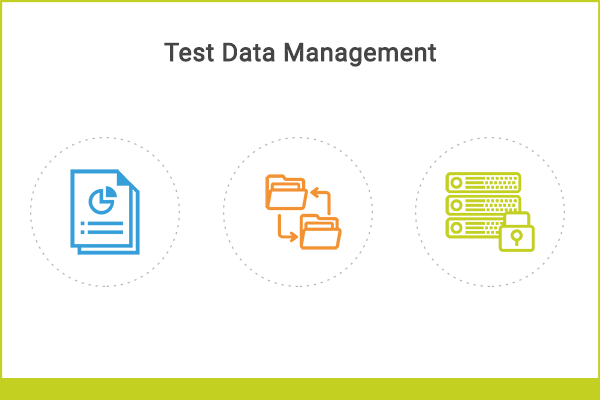A Test Data Strategy Is The First Step To Success
3 min read
Effective Test Data Management Strategy is an important activity in the ongoing testing lifecycle. As TDM is continuously undergoing continuous improvement with new changes in the software architecture and testing process, there is always room for improvement. The current testing strategy can be considered as a framework or a map towards achieving the desired testing success. It shows the areas that require improvements and gives the reasons why these areas should be improved. It thus proves very helpful in determining whether the current test strategy can provide desired results in real world scenarios.
To establish data quality in software testing process, several different approaches are adopted. The approach that is most often adopted is dependent on the software environment. Large software applications with multiple dependent tests have complex requirements and the need for concurrency. The test data strategy that is adopted should ensure high levels of concurrency and parallelism to achieve the desired test result.
Smaller software testing processes however have very simple requirements and hence may adopt the testing process step-by-step. In such cases, the test data strategy can be very simple – just collecting data at each step of the testing process. When testing large applications, testers require to consider several factors to collect data in an efficient manner. For instance, some software environments do not support command-line data collection due to security concerns. So command line testers need to consider other alternatives like web-based tools that allow them to collect data in a convenient manner.
The test data strategy should also take into consideration test objectives. Such objectives can be based on business rules, software functionality, and testing cases. Once these test objectives have been defined, the next step in attaining quality results is to maintain data integrity throughout the lifecycle of the software application. This involves regular communication with testers to address any issues which might arise during the course of the project. This will reduce the scope for failure and ensure that only reliable test data is used for further testing.
Another crucial factor to consider for a successful test data strategy is test automation. Testers may not be familiar with a complex test automation tool. But it does not have to be. Most software developers can quickly adjust a test data management system to automatically collect and manage test data for all testers and test departments. It also facilitates the collection of data by adding a few simple steps in an existing test data management process.
In order to avoid data duplication, test data management should include data across different test cycles. Test automation tools should also be able to generate test data across different test cycles. In addition, automated tools should be able to generate the test data without requiring manual intervention. If manual intervention is required, then the test data strategy should ensure that this task is automatically performed.
The test data strategy should also consider the types of users who will access the test data. Different users may test different items. Hence, it is important to collect data across different types of users. Some testing software can automatically collect data across all testers and departments. However, if manual test management is required for each user, then this may increase the operational costs. Therefore, careful attention should be paid to the types of users who will access test data management.
No matter what the test data strategy, the ultimate goal is to obtain test data relevant to each test case. This requires developers to carefully collect and organize real-life data for each scenario and function. When collected, test data will significantly improve the quality of the software development process. In fact, increased test productivity will lead to more profits. By combining test management strategies, careful data collection and a robust test data strategy, software developers will be well on their way to improving the quality, reliability, and relevance of the software development process.






